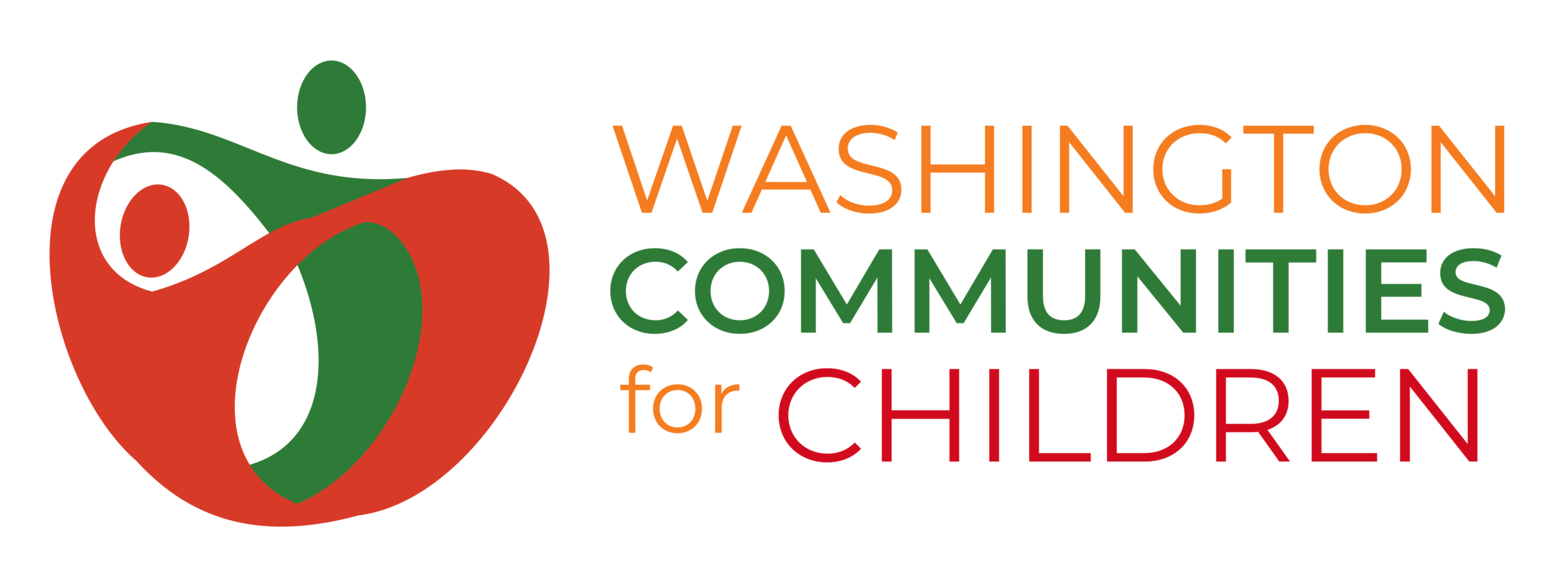Hitting Reset and Refresh: Southeast Early Learning Regional Coalition
Author: Brenna Bream
Southeast Early Learning Regional Coalition (SELRC) is partnering with local communities to reach shared goals. The network is assessing gaps in early childhood support and building a foundation that will sustain local efforts in the region. “We’re hitting reset and refresh, and finding out where the community needs are. What’s going on? What are our priorities? What should we be doing?” reflects Molly Curtiss, SELRC’s Communications Lead. The coalition spans a large geographic area, including Benton, Franklin, Walla Walla, Asotin, Columbia, Adams, and Garfield Counties. Largely rural and agricultural, the region includes many migrant families and emerging bilingual individuals. Population varies widely, from denser areas such as the Tri-Cities and Walla Walla, to smaller communities whose school districts serve 15 students. There are high rates of poverty in the Region, where schools in certain zip codes have 90-100% of their student population on free and reduced lunch. One commonality among each county, though, is the immense need for infant and toddler care, which is where SELRC is concentrating their efforts.
Child care availability for these small towns is vital to retaining community members, such as the nurses and doctors who staff critical access hospitals in these areas.
A recent community needs assessment revealed pockets of non-existent infant and toddler care across the region, as well as local communities’ strong desire for these services. Matt Bona, SELRC’s Regional Lead, explained that for the next several years, the coalition will prioritize county projects that create programs and infrastructure for early childhood centers. He understands the network’s role as one of collaboration with rural communities to secure funding for their resources. Some communities, such as Dayton and Prescott, plan to remodel existing facilities while Pomeroy hopes to build a new one. Child care availability for these small towns is vital to retaining community members, such as the nurses and doctors who staff critical access hospitals in these areas. Matt also cites the lack of child care providers as a contributing factor to Walla Walla’s recent population decline.
In addition to supporting child care centers, SELRC recognizes the value of home providers. While there were some active home providers prior to the pandemic, Covid-19 exacerbated an already persistent shortage by shuttering these small businesses. Developing opportunities for home providers in the region could promote more comprehensive child care availability. Once home providers secure state slots, they can become eligible for more resources, which benefit both families and communities.
Due to the size and span of the region, there are not often opportunities for the coalition to gather in person. Relationships across communities bolster shared efforts, and SELRC’s network has been a catalyst for connection in rural communities. Molly explains that organizing around early learning happens through organic conversations that encourage collaboration. While early learning doesn’t yet have a vigorous voice at the state level, there is a growing awareness, which makes organizing even more important. Matt explains how the coalition advocates for early learning through educating and talking with legislators, who have a role in distributing funds. He also acknowledges that SELRC wouldn’t be doing what they’re doing without WCFC’s funding stream to aid in grant writing and data gathering, which is the momentum for their work.
SELRC hopes to conduct a needs assessment prioritizing minority populations in order to, “value what we measure and measure what we value,” Molly says.
In this season of expansion, SELRC is open to learning from others. The coalition acknowledges they have room to grow towards becoming a more inclusive network. They are composed of three early learning alliances, and each of them recognizes that they are missing key voices, such as the Latino community. They know that communities who are left out of conversations are not represented in state level decisions. In the future, SELRC hopes to conduct a needs assessment prioritizing groups that have been marginalized in order to, “value what we measure and measure what we value,” Molly says. While SELRC is grateful to be part of a larger network through WCFC, they are also challenged to adapt ideas from the larger network so that they apply contextually to their region. Additionally, they are learning the structure of their coalition and what different support positions look like.
Working together through local and regional connections is furthering Southeast Early Learning Coalition’s capacity to invest in their communities. Effective funding opens doors to projects that support families in tangible ways, such as creating child care opportunities. As SELRC makes progress in this way, they will offer meaningful change and essential infrastructure to their communities.
